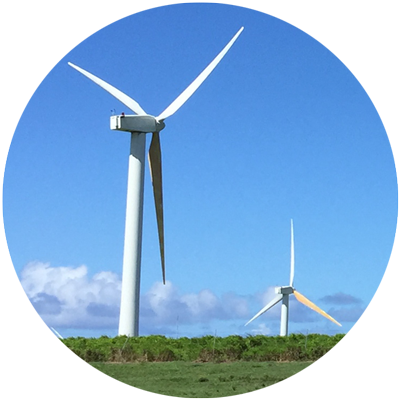Home > Climate News >
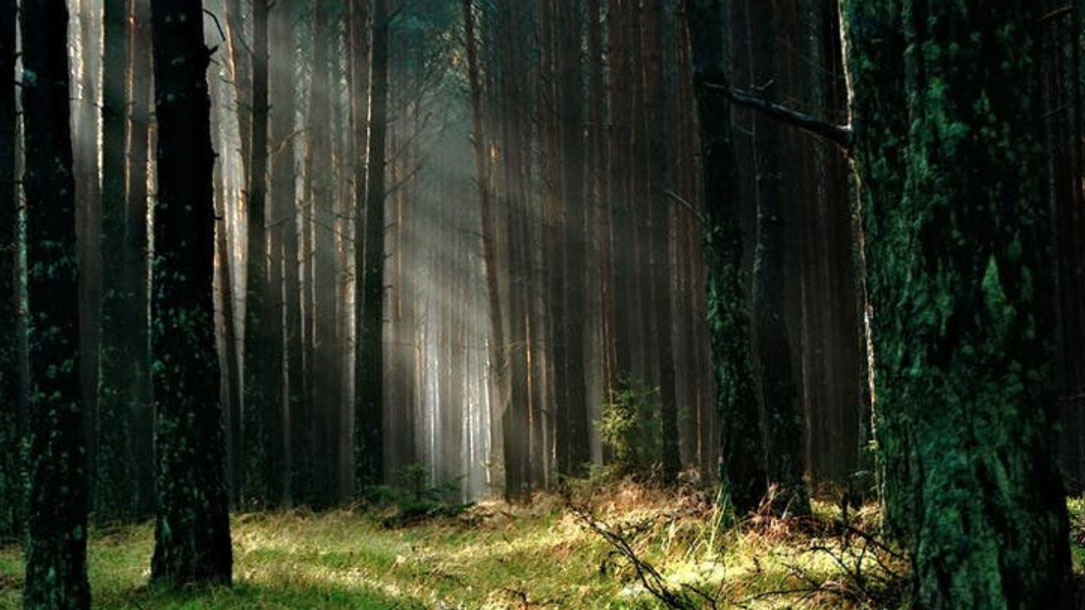
Natural climate solutions could offset 21% of U.S. emissions
“A collection of “low-tech, time-tested forest, farm, and land management techniques” could offset 21% of the United States’ greenhouse gas emissions, InsideClimate News reports, although it would take a carbon price of at least US$100 per ton for those strategies to meet U.S. targets under the 2015 Paris Agreement.
“It’s the same as if every car and truck in the country stopped polluting the climate,” said Joseph Fargione, science director for The Nature Conservancy North America region and lead author of the study published last week in the journal Science Advances. “There’s much bigger potential than most people realize…”
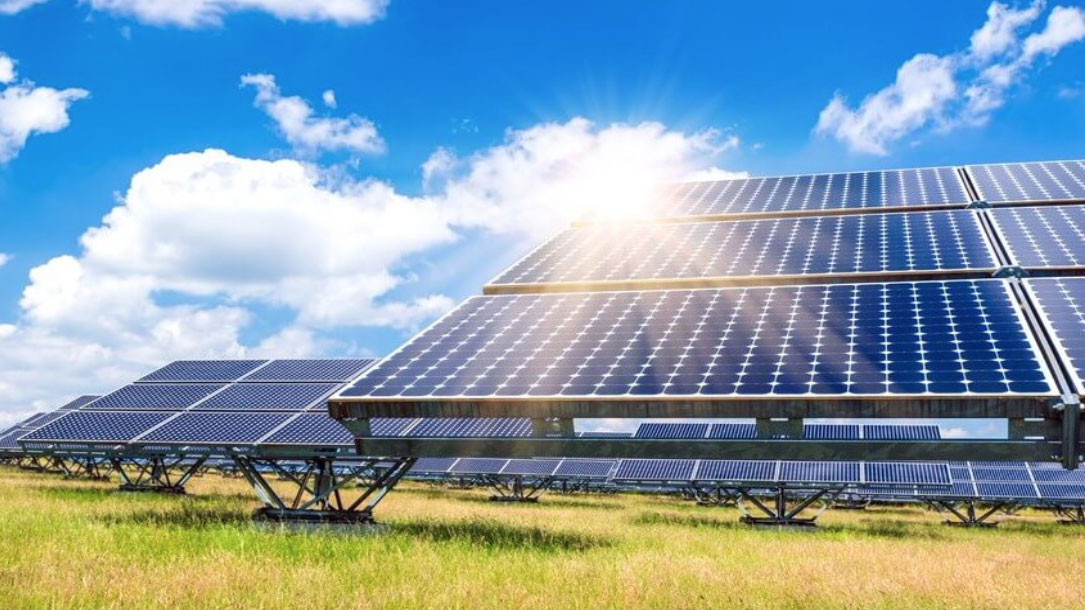
State Climate Policy Maps
“For years, U.S. states and regions have been addressing climate change in the absence of stronger federal action. A wide range of policies have been adopted at the state and regional levels to reduce greenhouse gas emissions, develop clean energy resources, promote alternative fuel vehicles, and promote more energy-efficient buildings and appliances, among other things. Although climate change ultimately requires an effective national and international response, the actions taken by states and regions play a vital role by developing and testing innovative solutions, delivering near-term emission reductions, and laying the groundwork for broader action.
Twenty-two states plus the District of Columbia have adopted specific greenhouse gas emissions targets. While each state has adopted a target and baseline year that suits its circumstances, the prevalence of these targets shows the widespread support for climate action…”
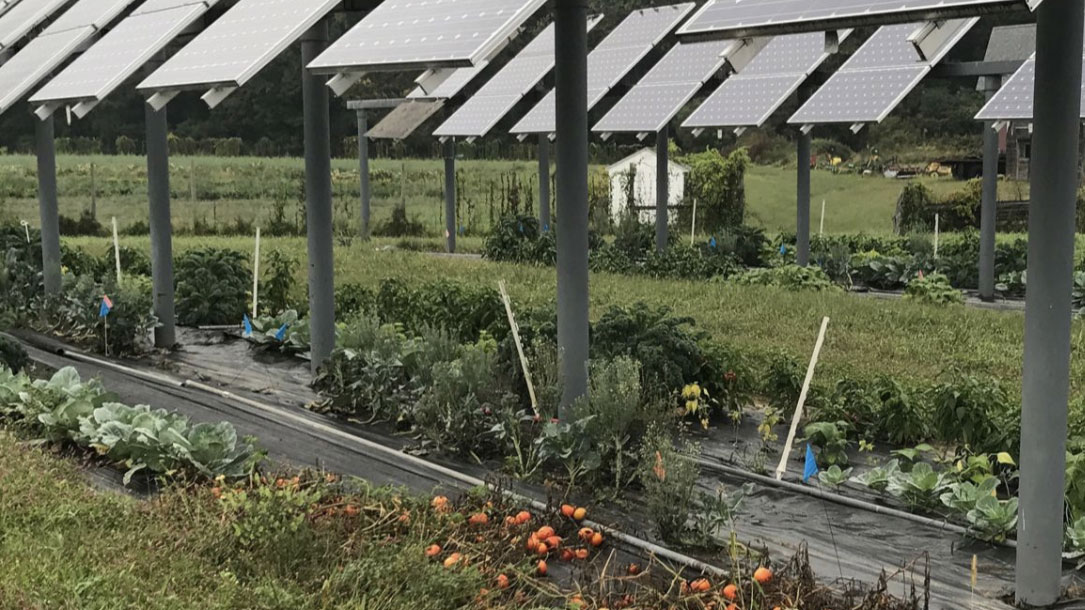
Michigan to Allow Commercial Solar Panels on Conserved Farmland
“This administrative decision will not result in a loss of useable farmland,” MDARD Director Gary McDowell said in a statement. “The change ensures that Michigan’s farmland is preserved so we can continue to feed our communities while also balancing the need to develop renewable energy sources. This is an exciting new opportunity for Michigan’s farmers to diversify while they continue to face challenging circumstances.”
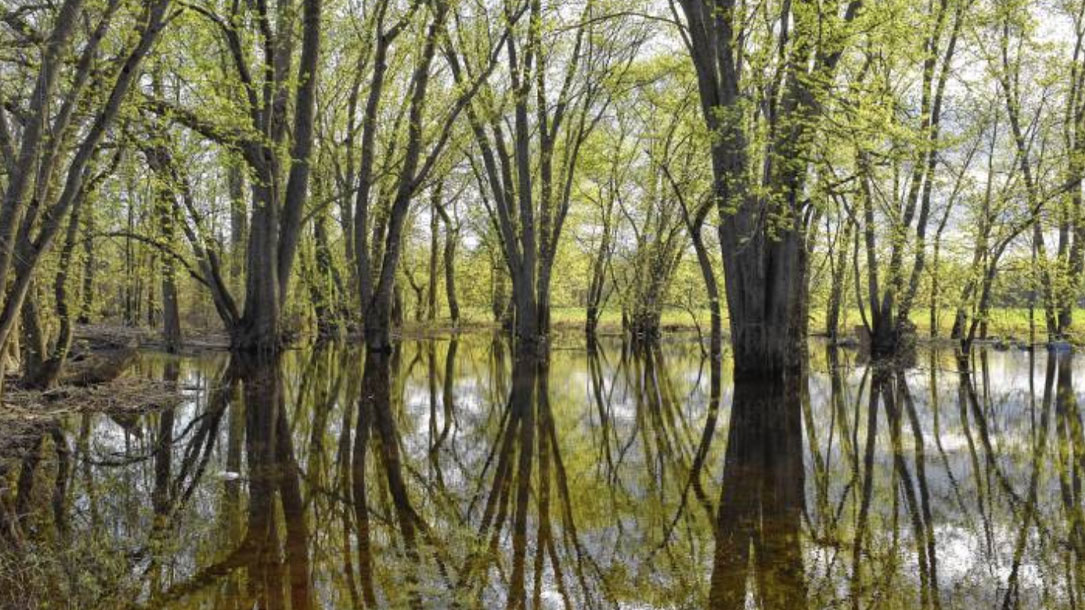
Kestrel Land Trust featured: Land conservation is part of the climate change solution
“When you think about strategies to prevent more severe impacts [of climate change], protecting land from development may not be the first action that comes to mind. The science is clear that we must reduce our fossil fuel use and curtail other sources of greenhouse gas emissions.
Conserving and restoring the world’s forests, grasslands and wetlands, however, is also a critical tool for countering the effects of climate change. Every year, globally millions of acres of forests are cleared for development, grazing or crops. When this happens, most of the organic carbon stored in the original forest is released into the atmosphere…”

King Arthur Flour calls for action
“King Arthur Flour works with mills and farmers across the nation to supply home bakers everywhere with some of the finest flours and baking supplies available. It takes a lot of time and energy to transport our products to stores and kitchens across the country, and we are acutely aware of the impact all that transportation has on the environment.
In 2016, the transportation sector surpassed the electric power sector to become the largest emitter of greenhouse gas emissions in the U.S. In fact, the transportation sector is responsible for nearly a third of all U.S. Greenhouse gas emissions—contributing to climate change and air pollution, and exacerbating public health concerns…
Therefore we were pleased to see Gov. Phil Scott announce that Vermont will join eight other states and the District of Columbia this year to collaborate on developing a regional, market-based policy to reduce greenhouse gas emissions and modernize our transportation system…”

Why Solar Power Is Good for Birds
“If you install solar panels on your roof, don’t expect your birds to show any appreciation. At best, they’ll bless them with a splatter of droppings. But if they knew better, they’d be grateful, because installing solar panels at home is one of the best ways to help birds avoid the worst impacts of climate change…”

The future of the world is on the line, and our chance to fix it is now
“To have the best chance of avoiding the worst impacts of climate change, the world needs to limit global warming to 1.5 degrees Celsius–and to do that, society needs to completely transform over the next three decades, according to a new report from the UN’s Intergovernmental Panel on Climate Change. Global CO2 emissions may need to peak around 2020. By midcentury, we have to reach net zero emissions.
The report explains why it’s so important that we meet the 1.5 degree target, and how difficult that will be to accomplish. The changes required, from energy to agriculture, are “unprecedented in terms of scale,” the group writes in a summary for policymakers. And right now, we’re not anywhere close to the path to make it happen…”
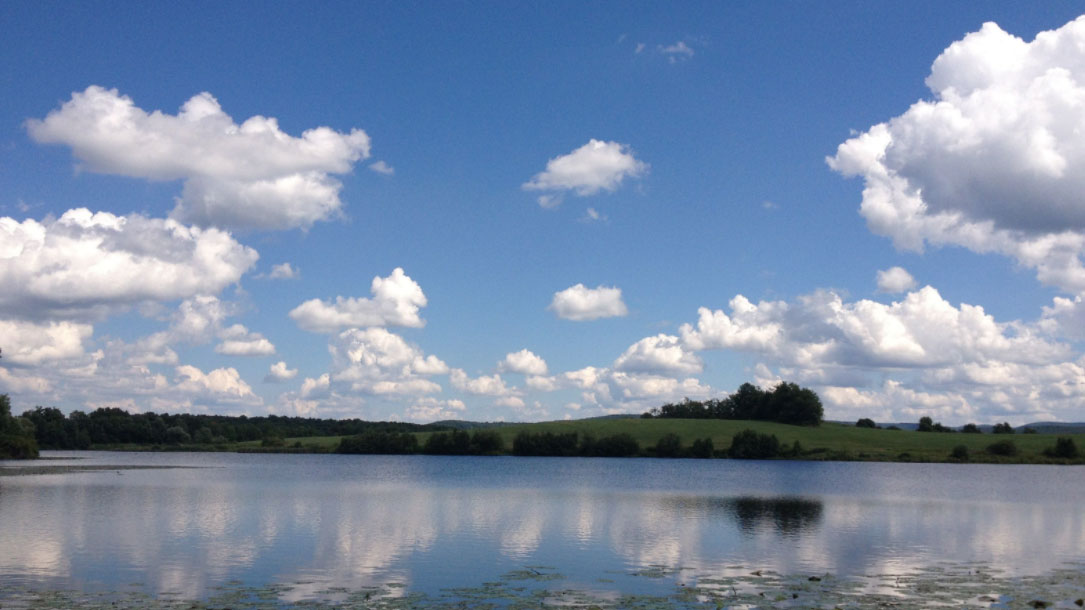
Taking steps to “walk the walk”: Peconic Land Trust makes changes
Peconic Land Trust’s (PLT) values and goals reflect their organization’s desire to protect their environment and appreciate the natural resources of Long Island, New York. Over the last several years, PLT has taken steps to minimize their carbon footprint by making their offices more efficient and by integrating “green principles” throughout the organization.
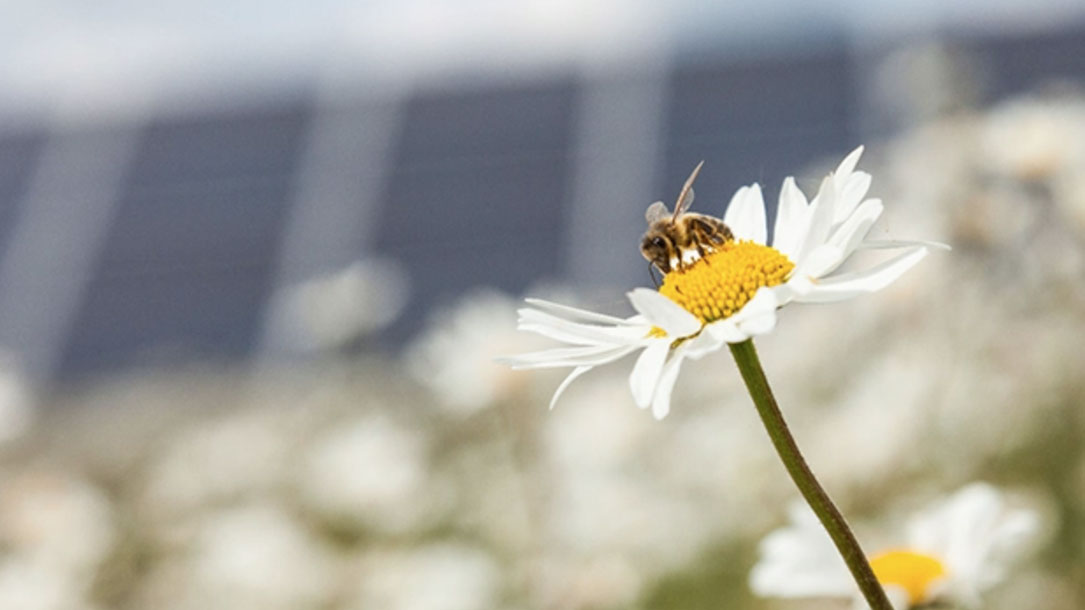
Highly compatible: pollinator-friendly solar projects and farming
Taking farmland out of production to increase harvests might seem counterintuitive. But new and ongoing research suggests that trading some farmland for deep-rooted prairie vegetation can provide habitat for wild insect pollinators and boost overall crop yields.
Increasingly popular pollinator-friendly solar projects, which cultivate low-growing meadows underneath the panels, present an opportunity to increase food production and clean energy generation at once. For a state like Minnesota, where farming is prevalent and the solar industry is expanding, this kind of compatibility between agriculture and solar energy production is a most welcome development…
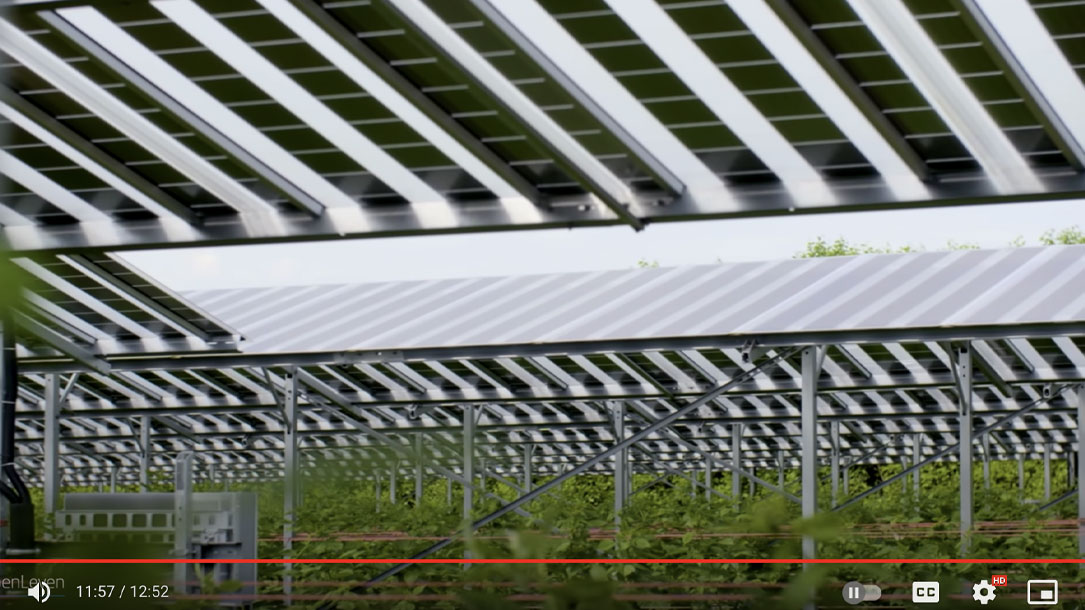
Agrivoltaics: Solar panels on farms could be a win-win
Many local food advocates argue that an inadequate portion of the food consumed in Massachusetts is grown there. The short growing season along with high costs for labor and land can make farming in Massachusetts a financially precarious proposition.
Some advocates say that dual-use solar installations have the potential to ease a number of these problems at once…



